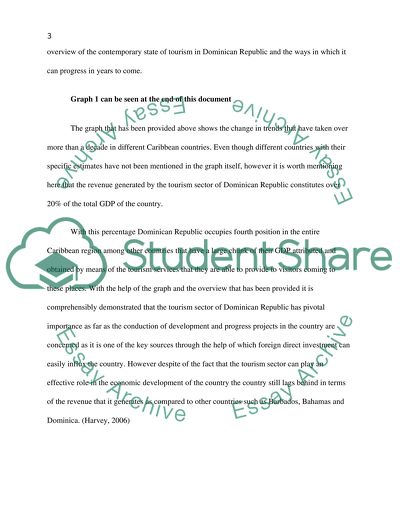Cite this document
(“User generated content Dissertation Example | Topics and Well Written Essays - 2750 words”, n.d.)
Retrieved de https://studentshare.org/design-technology/1391169-user-generated-content
Retrieved de https://studentshare.org/design-technology/1391169-user-generated-content
(User Generated Content Dissertation Example | Topics and Well Written Essays - 2750 Words)
https://studentshare.org/design-technology/1391169-user-generated-content.
https://studentshare.org/design-technology/1391169-user-generated-content.
“User Generated Content Dissertation Example | Topics and Well Written Essays - 2750 Words”, n.d. https://studentshare.org/design-technology/1391169-user-generated-content.


